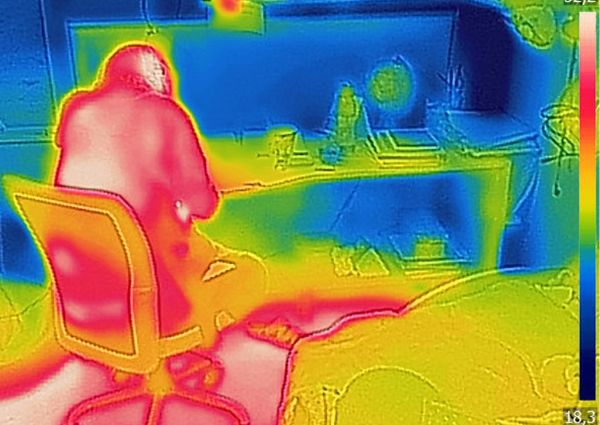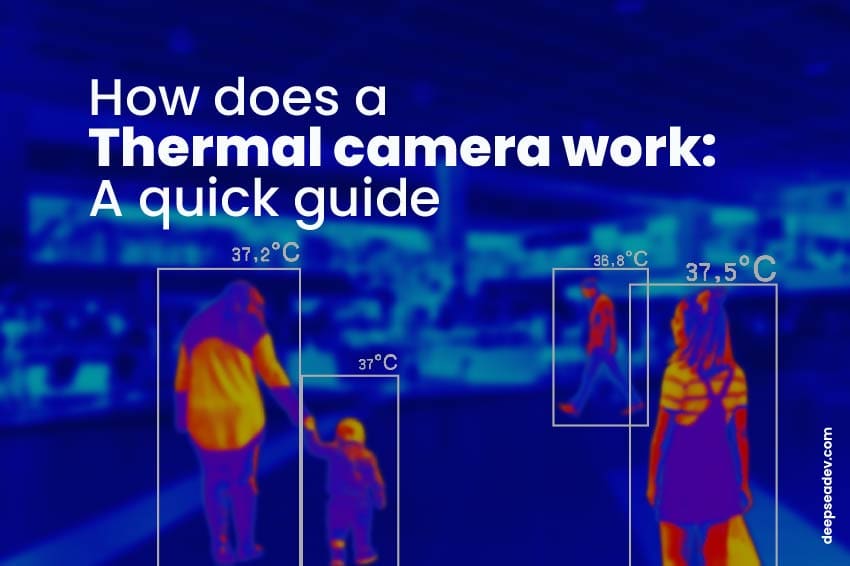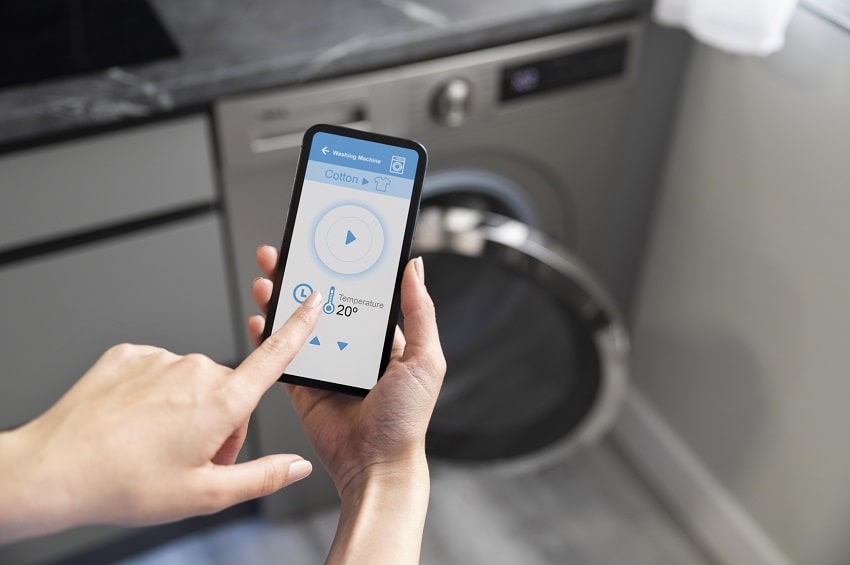In a world where technology continues to push the boundaries of what’s possible, thermal cameras stand out as a great tool for capturing and visualizing heat signatures. But, how does a thermal camera work? Let’s discover it, the technologies behind it, and the diverse range of applications these cameras offer.
What is a thermal camera?
A thermal camera, also known as an infrared camera or thermal imaging camera, is a specialized device designed to detect and capture infrared radiation emitted by objects, animals, or people.
Unlike traditional cameras that rely on visible light to create images, thermal cameras operate in the infrared spectrum, allowing them to visualize temperature variations and heat patterns with precision.
Some crucial factors to take into account when selecting a thermal camera comprise resolution, distance capabilities, viewing angle, focusing options, thermal sensitivity, and the spectrum covered.
Technologies behind thermal cameras:
Infrared sensors:
At the heart of a thermal camera lies an array of infrared sensors or detectors. These sensors are sensitive to infrared radiation emitted by objects, capturing the heat signatures and converting them into electrical signals; check this IoT temperature sensor article.
Thermal imaging technology:
Thermal cameras utilize advanced thermal imaging technology to process the electrical signals from the infrared sensors and generate visual images. The technology assigns different colors or shades to represent varying temperatures, creating a thermal image that accurately depicts heat distribution.

Image processing algorithms:
To enhance image quality and accuracy, thermal cameras employ sophisticated image processing algorithms. These algorithms analyze the raw data captured by the infrared sensors, apply corrections for factors like ambient temperature and humidity, and optimize the image for clarity and detail.
Since we are electronic product developers, we built our own thermal camera called TermoDeep, which was very useful during the COVID-19 pandemic.
How does a thermal camera work?
In general terms, thermal imaging devices seize infrared radiation and harness this data to produce visual representations via digital or analog video outputs.
The temperature of the objects emits a vivid yellow-orange hue, intensifying with temperature elevation, while colder counterparts manifest in striking blue or purple tones. Beyond the naked eye’s visibility lies infrared energy, spanning from approximately 700 nanometers to 1mm. This energy serves as the cornerstone for thermal imaging cameras, which capture and interpret infrared emissions.
Guided by the camera lens, infrared energy converges onto a series of detectors, generating intricate patterns called thermograms. These patterns turn into electrical signals, giving as a result visual thermal images.
If you want to know more, the operation of a thermal camera can be broken down into the following steps:
Detection: When an object emits infrared radiation, the thermal camera’s infrared sensors detect the heat signatures and convert them into electrical signals.
Signal processing: The electrical signals from the infrared sensors are processed by the thermal imaging technology, which translates the data into a visual image.
Color mapping: Thermal cameras use color mapping to represent temperature variations in the visual image. Warmer areas are typically depicted in warmer colors like red, orange, or yellow, while cooler areas appear in cooler colors like blue or green.
Display: The processed thermal image is displayed on the camera’s screen or viewfinder, allowing users to visualize heat patterns and temperature differences in real time.
What are thermal cameras used for?
Thermal cameras find applications across various industries and sectors, thanks to their ability to visualize heat and temperature variations.
Building inspections:
Thermal cameras identify heat loss, insulation defects, and moisture intrusion in buildings, allowing for early detection of potential issues and energy efficiency improvements.
Industrial maintenance:
In industrial settings, thermal cameras are employed for predictive maintenance (a great option for industrial IoT applications), detecting overheating components, faulty electrical connections, and machinery malfunctions before they lead to costly breakdowns or accidents.
Firefighting and search & rescue:
Thermal cameras aid firefighters and search & rescue teams in locating hotspots, victims, and hidden hazards in smoke-filled environments, enhancing safety and efficiency during emergency operations.
Medical imaging:
In the medical field, thermal cameras are utilized for diagnostic purposes, detecting abnormalities in blood flow, inflammation, and tissue temperature, as well as monitoring patient conditions during procedures.
Security and surveillance:
Thermal cameras are integrated into security systems for perimeter monitoring, intruder detection, and surveillance in low-light or adverse weather conditions, providing enhanced security and threat detection capabilities; see IoT home security.
As you can see, thermal cameras offer several benefits and applications in different areas. If you need to develop a thermal camera or want to know more about our products, get in contact with us by clicking on the button below.






